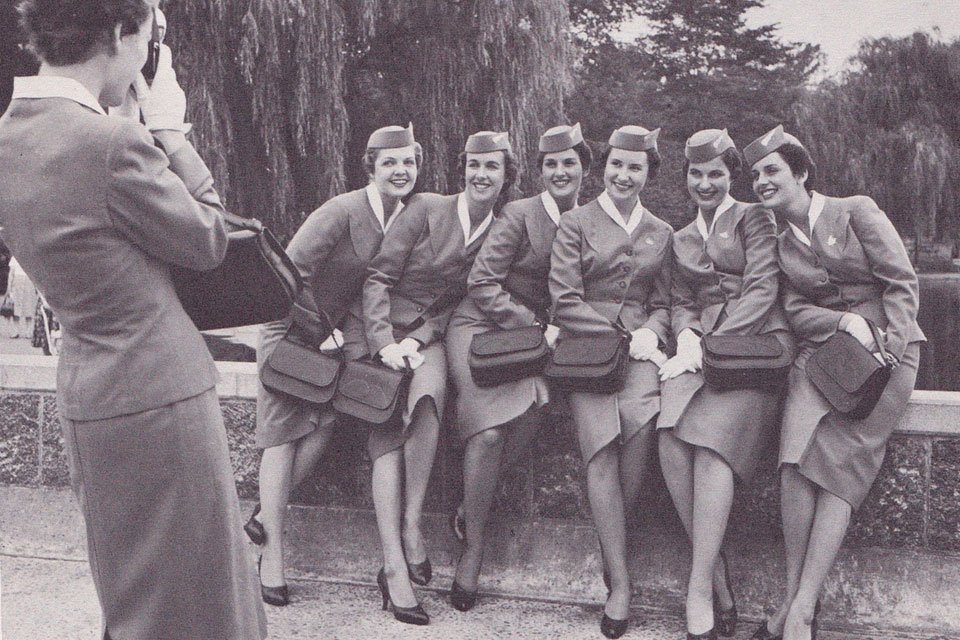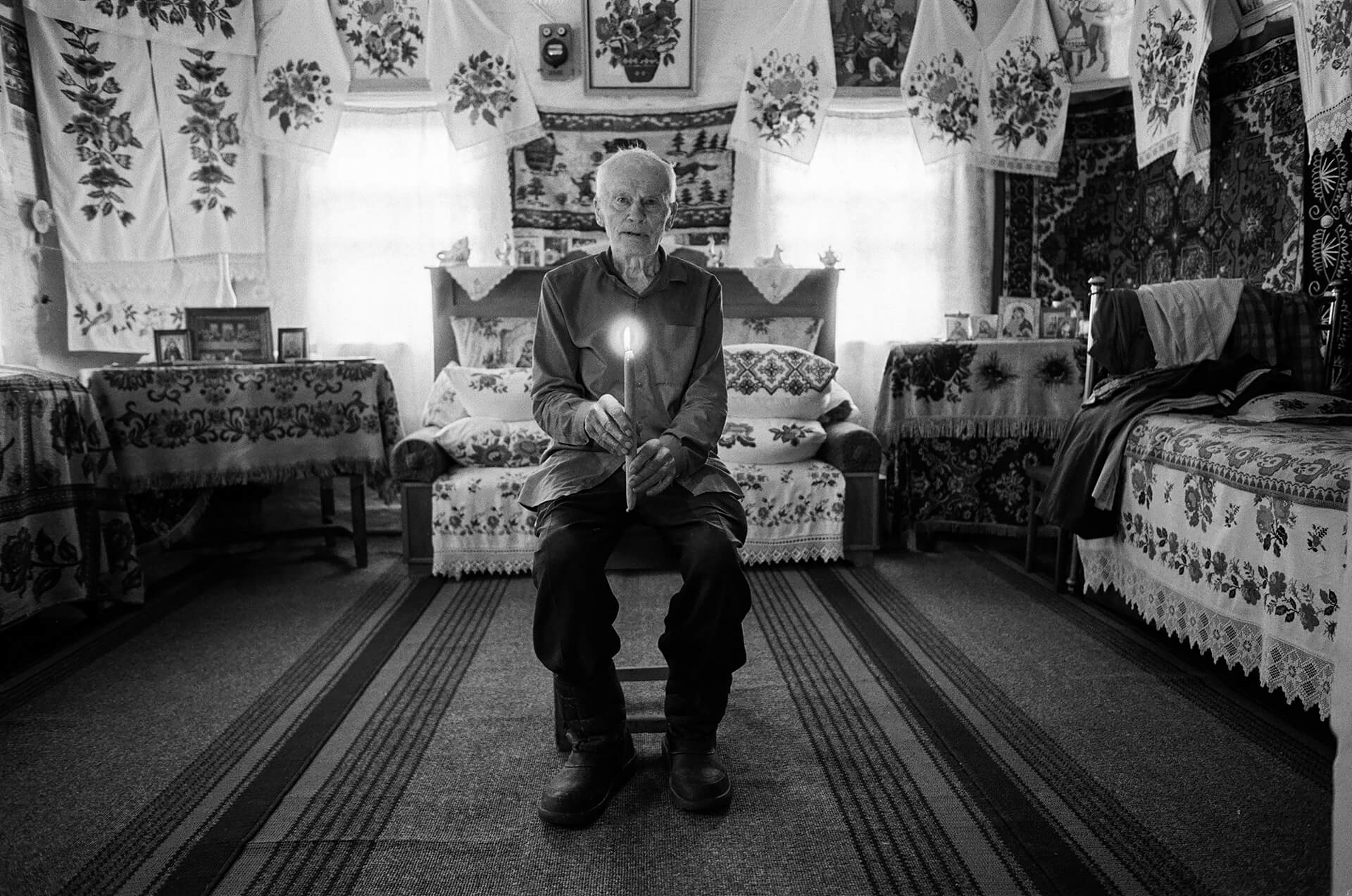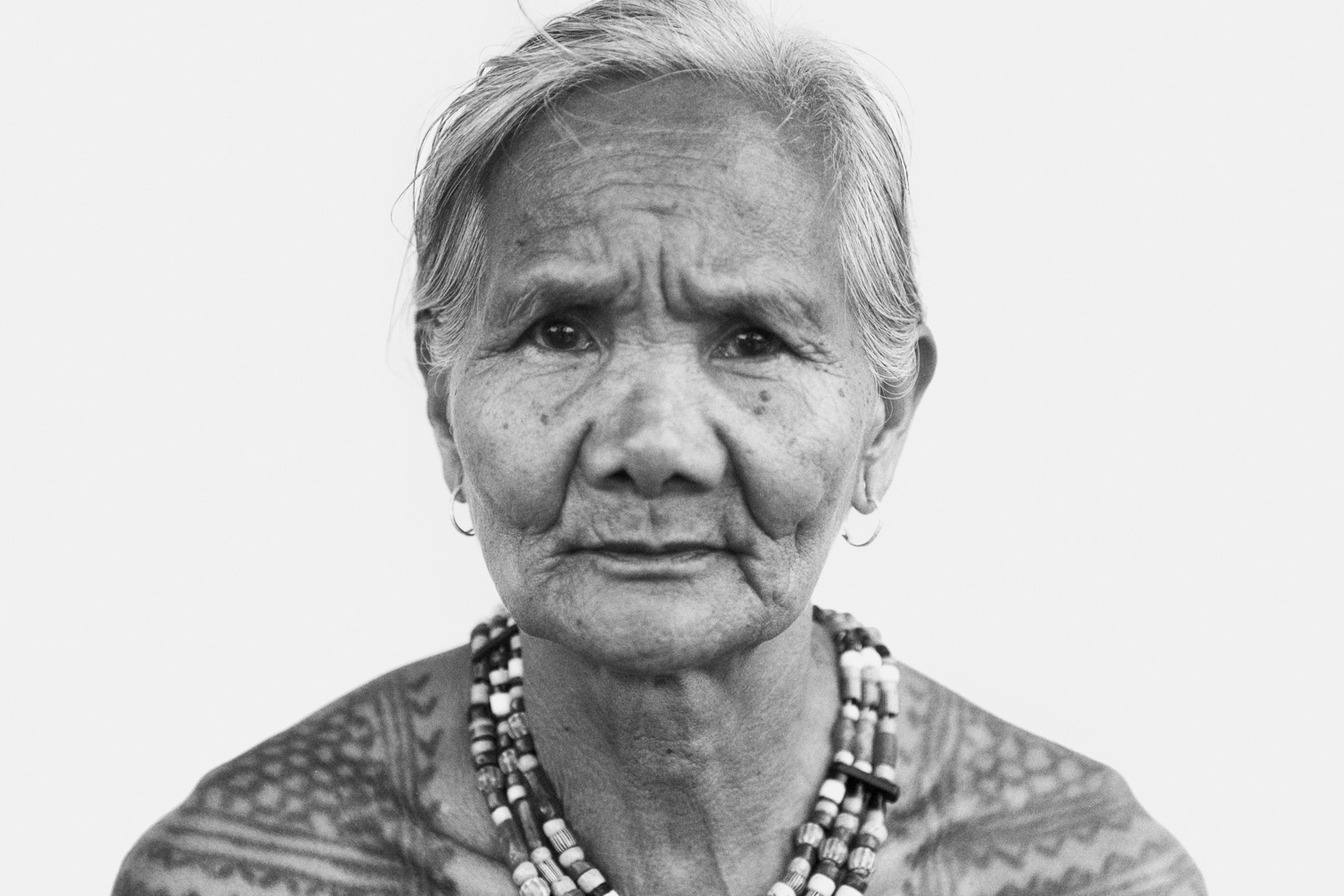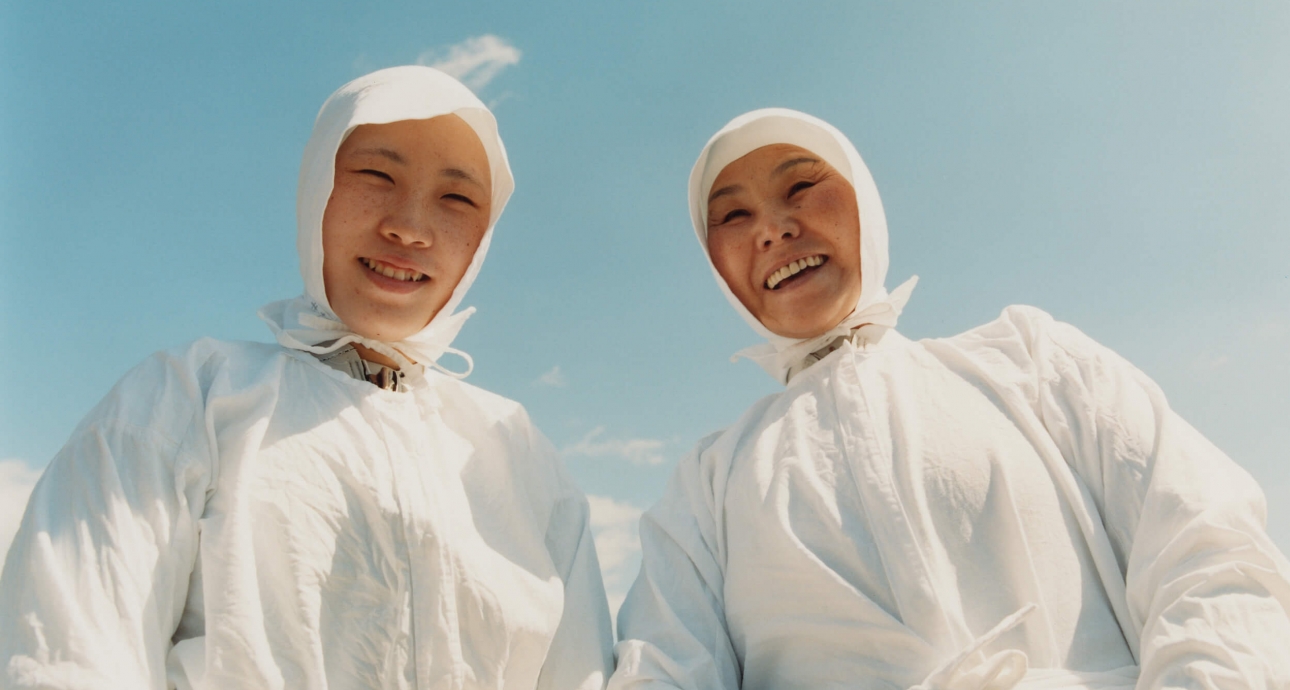
In the Deep End: Pearl Divers in Modern Japan
Girls start learning the craft of ama at the age of 13 and dive underwater for decades. Research shows that being a diver might positively impact one’s cardiovascular system. In fact, the ama women live to be 80-90 years old, and they keep working to old age too. Yet, this profession has many risks, including sharks, hypothermia, and decompression sickness. Besides, the production of artificial pearls is actively developing in Japan, forcing ama to switch from jewelry to gathering seaweed, sea urchins, and sea cucumbers for restaurants.
Availability of other higher paid jobs and threats of living in the sea drastically decreased the number of ama. Japan was home to nearly 17 000 pearl divers in the twentieth century. Now there are hardly 2 000 left.
Photographer Stefan Dotter spent a couple of days with the divers and documented their deep-rooted craft.

German photographer and editor-in-chief of Whitelies Magazine. He worked on projects for Adidas, Chanel, Dior, Hugo Boss, Vogue, British Journal of Photography, and Huffington Post. Stefan has worked as a consultant for the United Nations since 2019, teaching the next generation of photographers in Afghanistan
I got into art by chance. More specifically, I got into art because I was terrible at anything else. But it wasn’t until my twenties that I bought myself a camera and started capturing my surroundings. After becoming the editor-in-chief of my own Whitelies magazine, I’ve committed myself to photography.
I have a friend who lives in Japan. He invited me to Tobu to meet the Nakagawa family, whose women have worked as ama for many centuries. Finding out about pearl divers was like coming across a small universe. There are only 2,000 ama left in Japan, and having the chance to meet these women was a huge deal to me. So I took the train to Tobu straight away.
Finding out about pearl divers was like coming across a small universe.
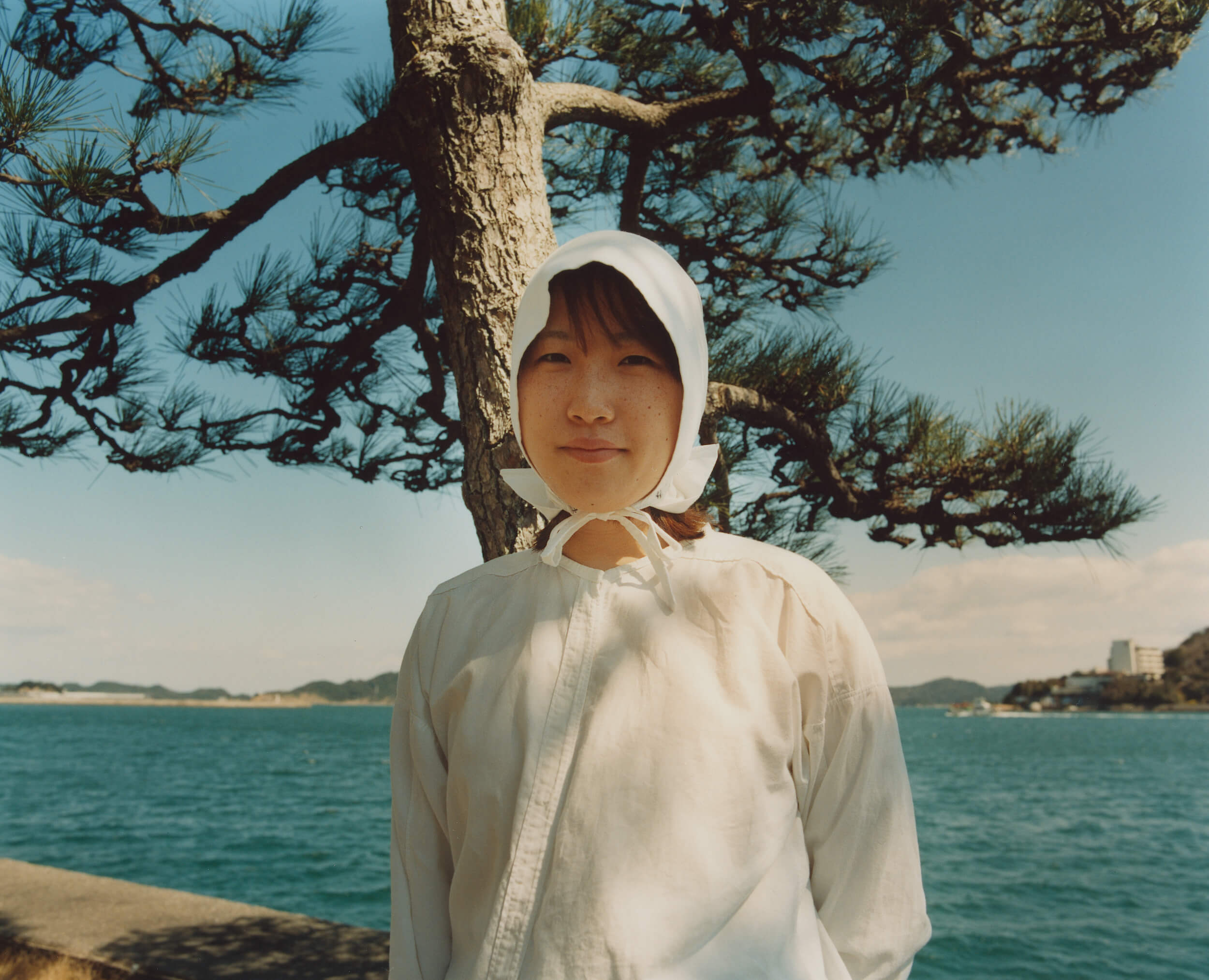
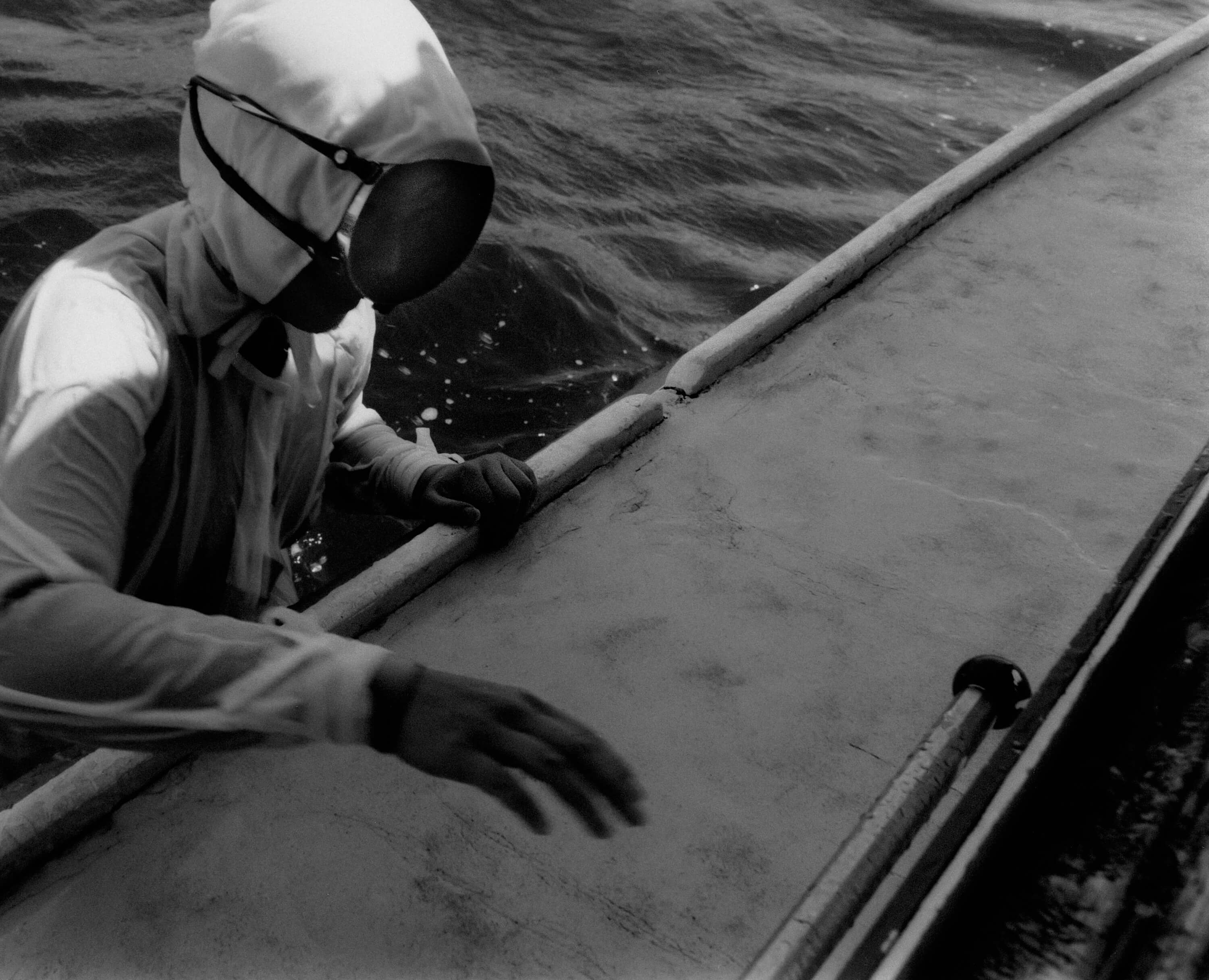
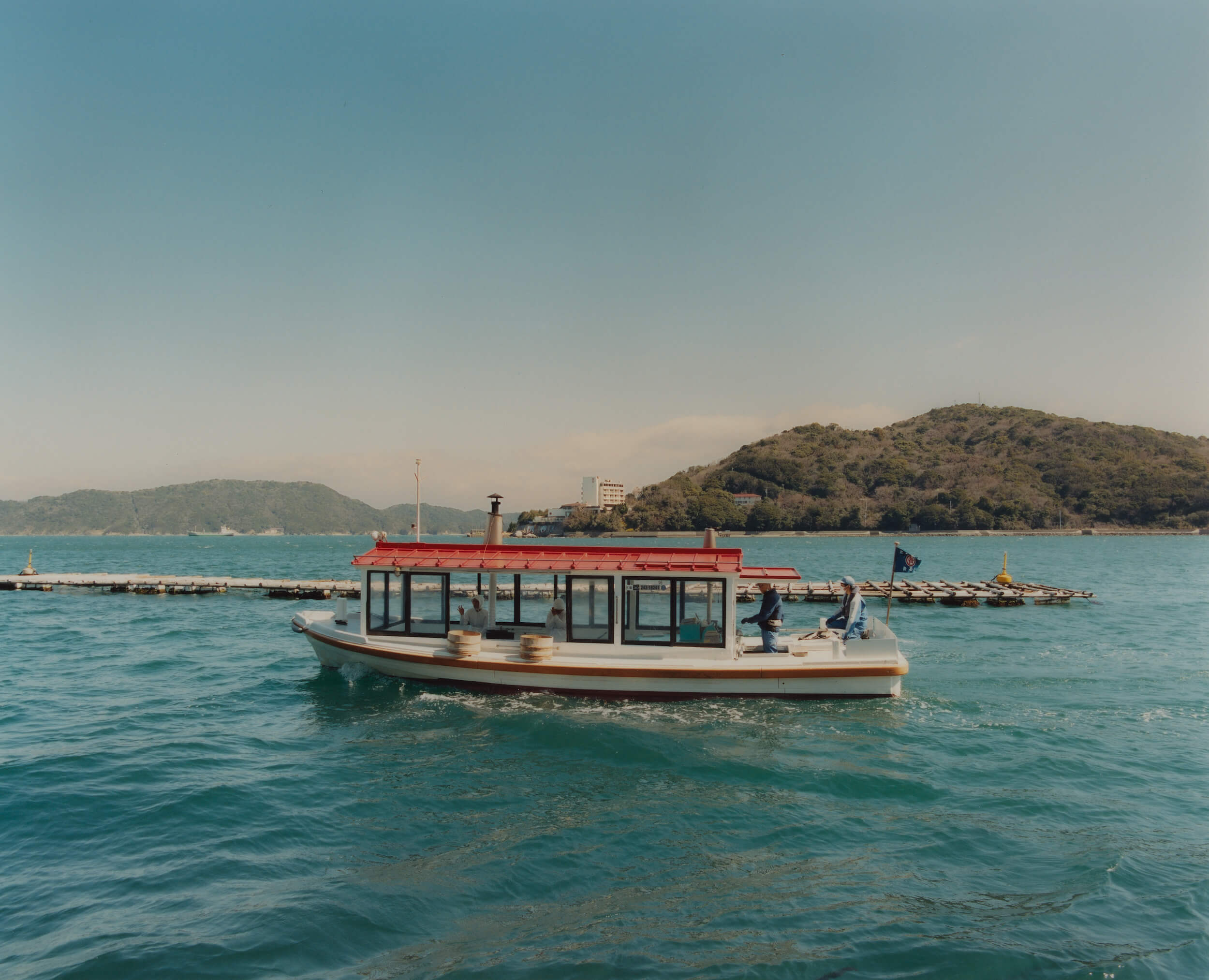

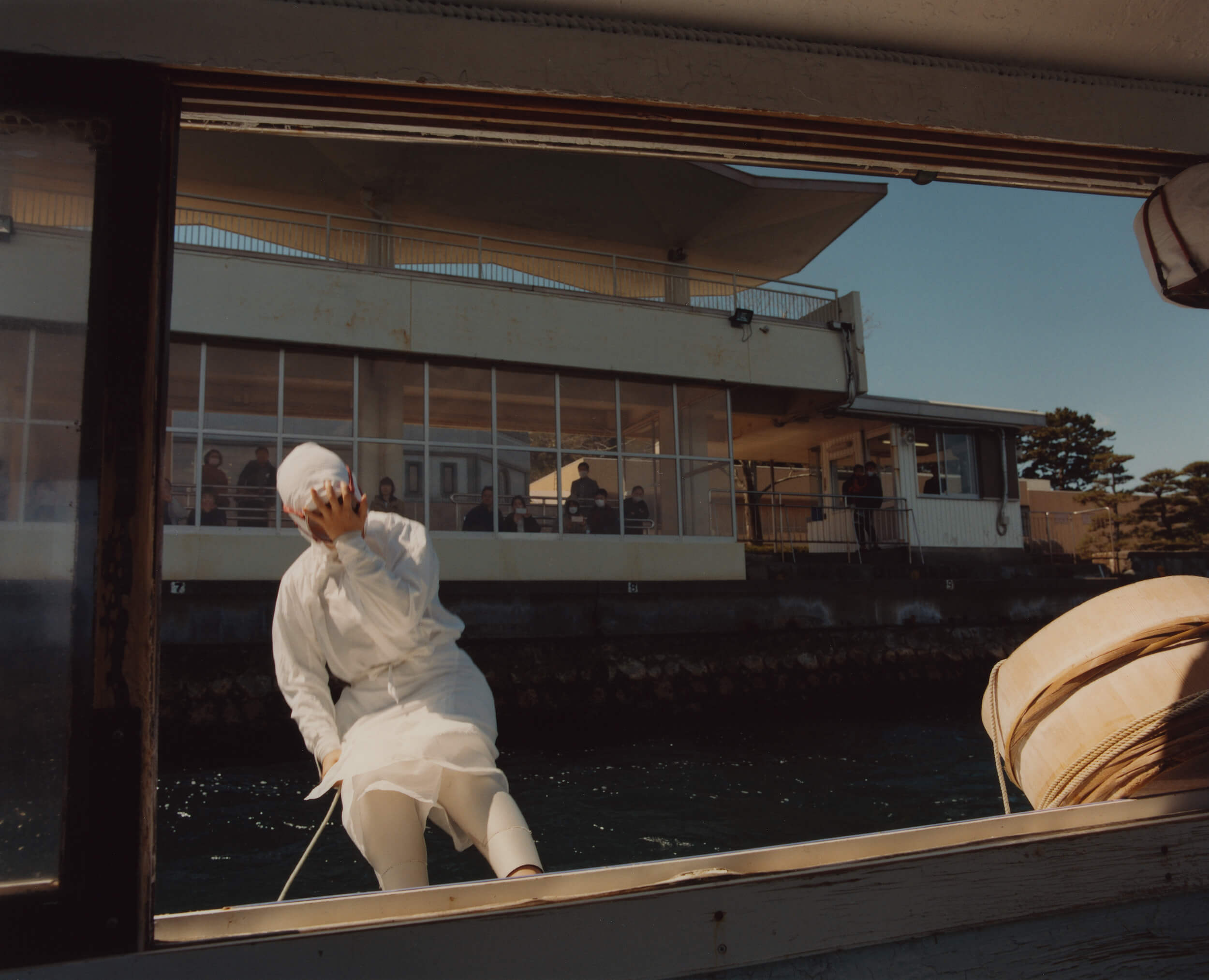
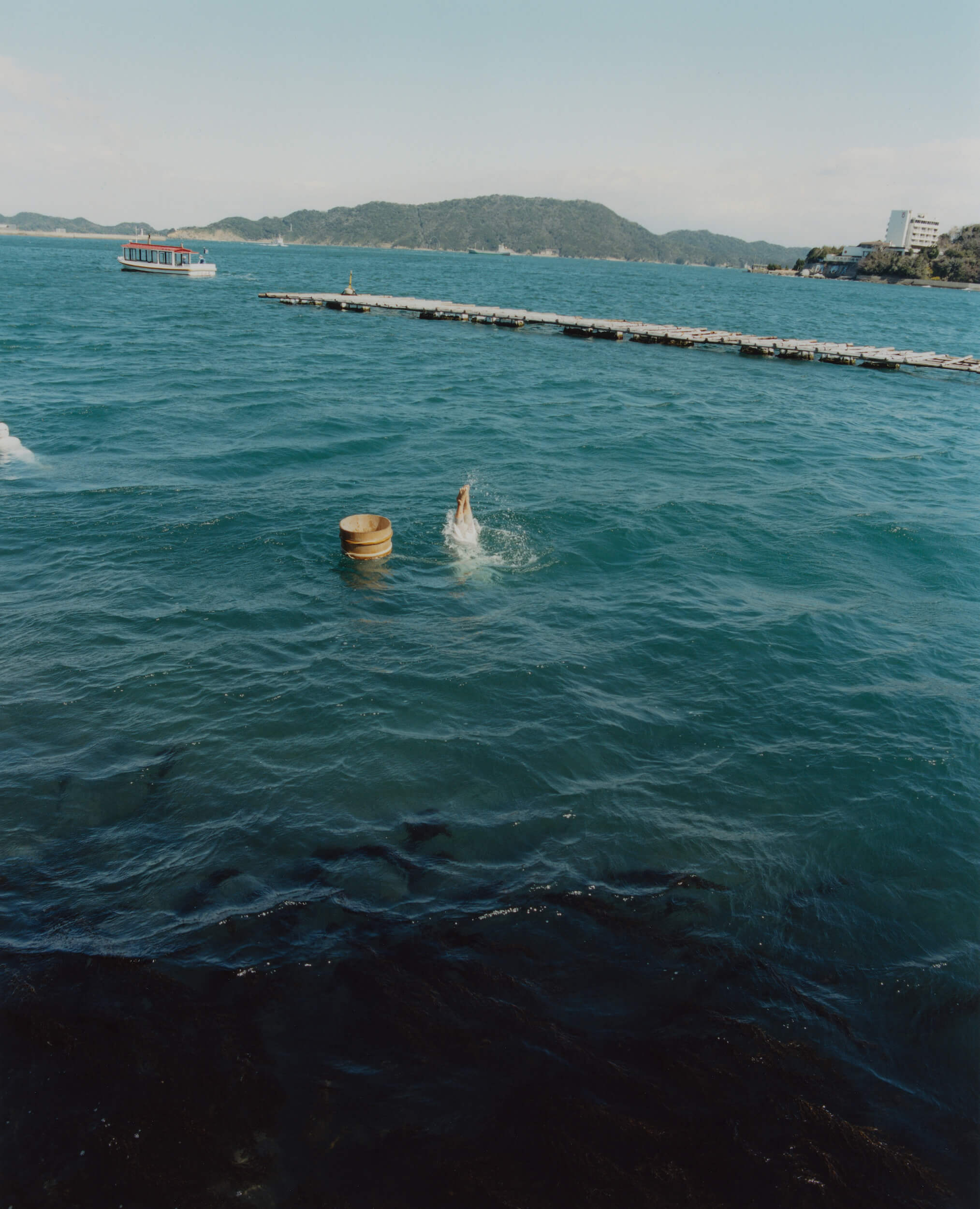
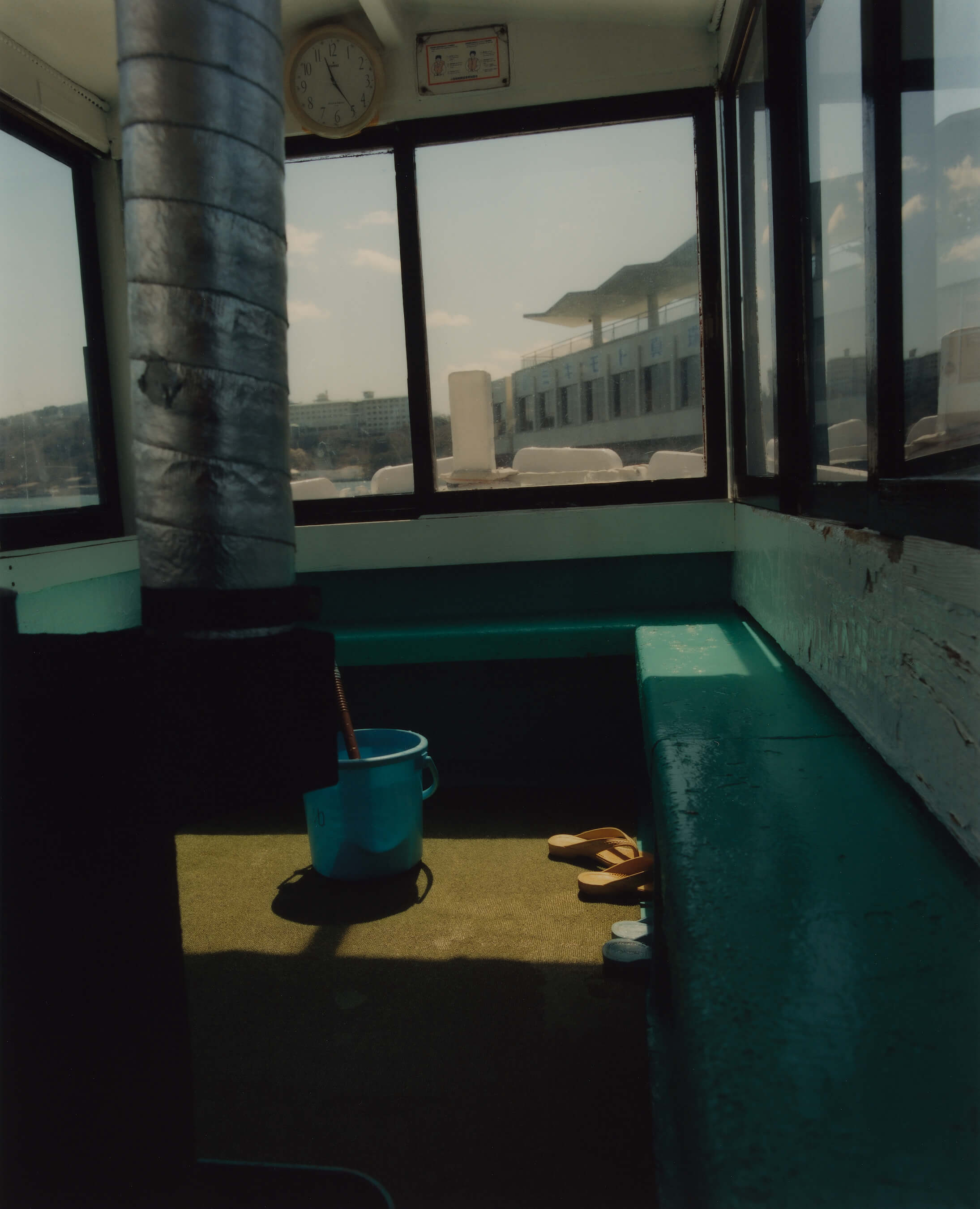
I speak a bit of Japanese, and it’s usually enough for small talk but not for a thorough discussion. Despite this barrier, the Nakagawa family was charming and welcoming. We got along right from the start.
Currently, there are three generations of women divers in the Nakagawa family. The youngest of them is 26, and the oldest is 85. There are not many families like this left in Japan. Young women rarely choose to pursue their grandmothers’ craft. And it’s a painful subject for the older generation, who watch with a heavy heart how their identity is being swept away. But it seems that the same thing happens to almost every old tradition in the world.
The youngest of divers is 26, and the oldest is 85.
The centuries of diving brought little change to the ama profession. Traditionally, women went into the sea wearing a white suit, which was believed to scare the sharks away. Diving up to 20 meters deep, they collected their treasures — pearls earlier, sea urchins now — into wooden buckets floating on the surface. The Nakagawa family still has their white suits. But nowadays, they go diving in comfortable and cold-proof wetsuits. The only chance to see ama in their traditional white outfits is to visit one of their shows, which they perform for tourists.
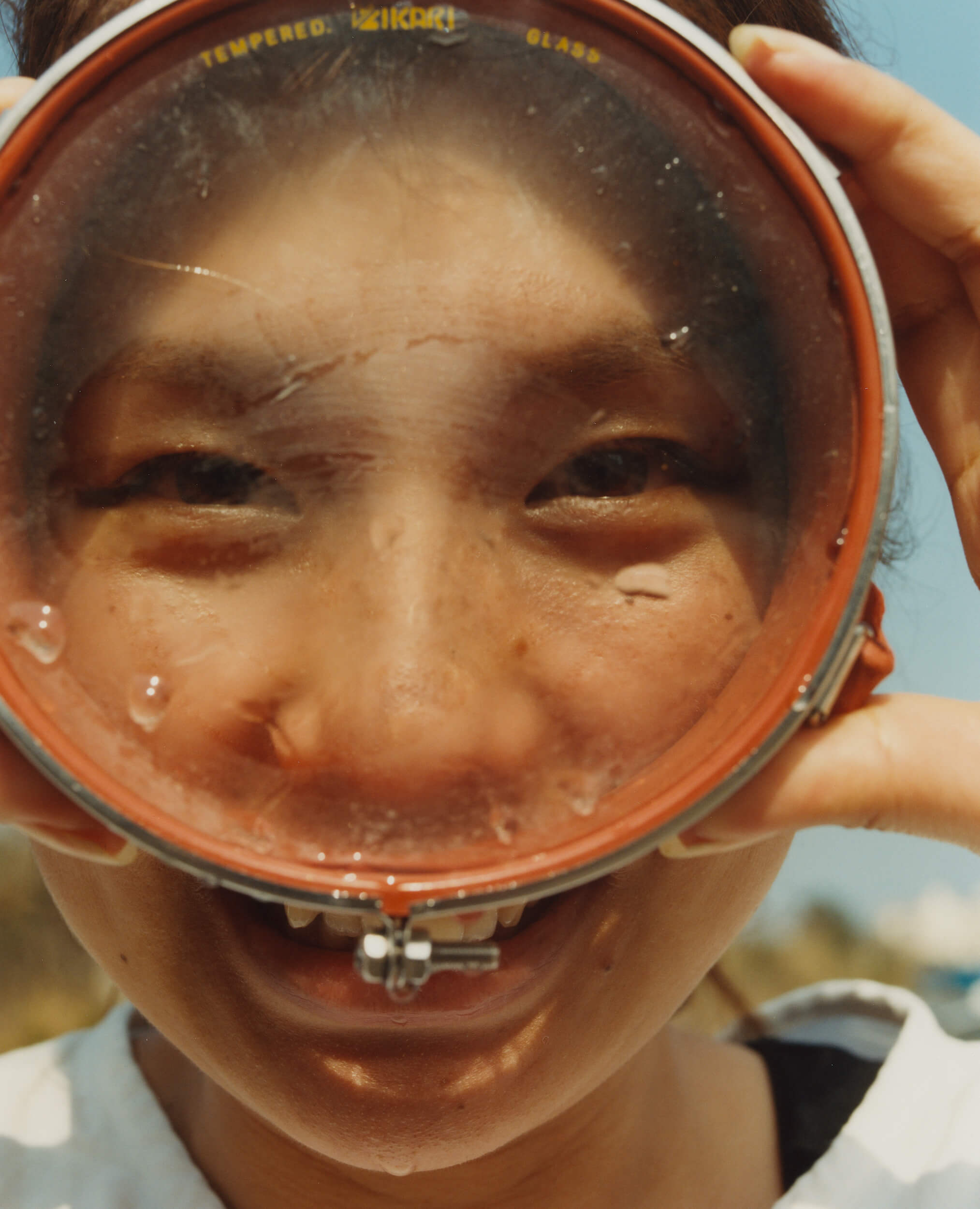
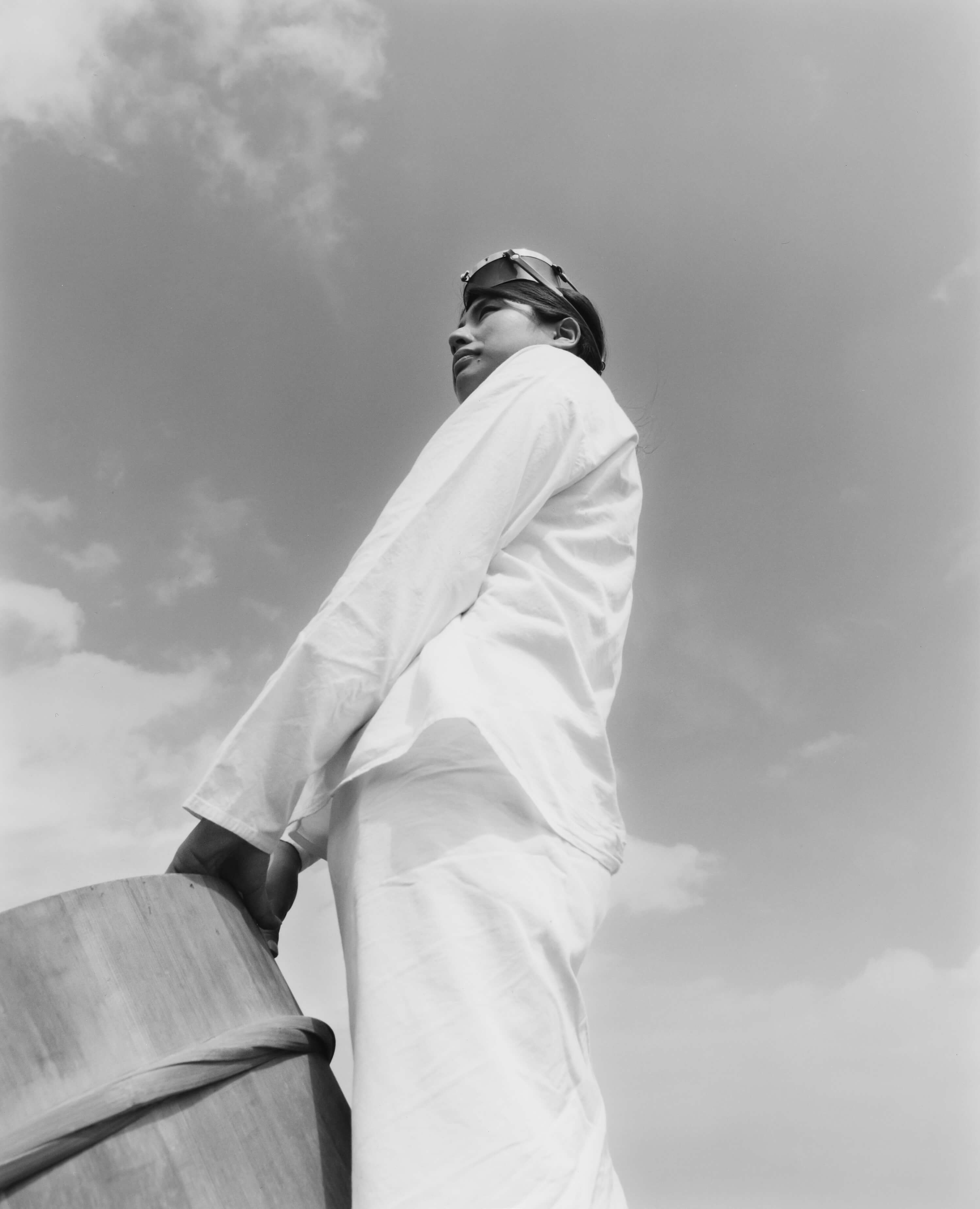

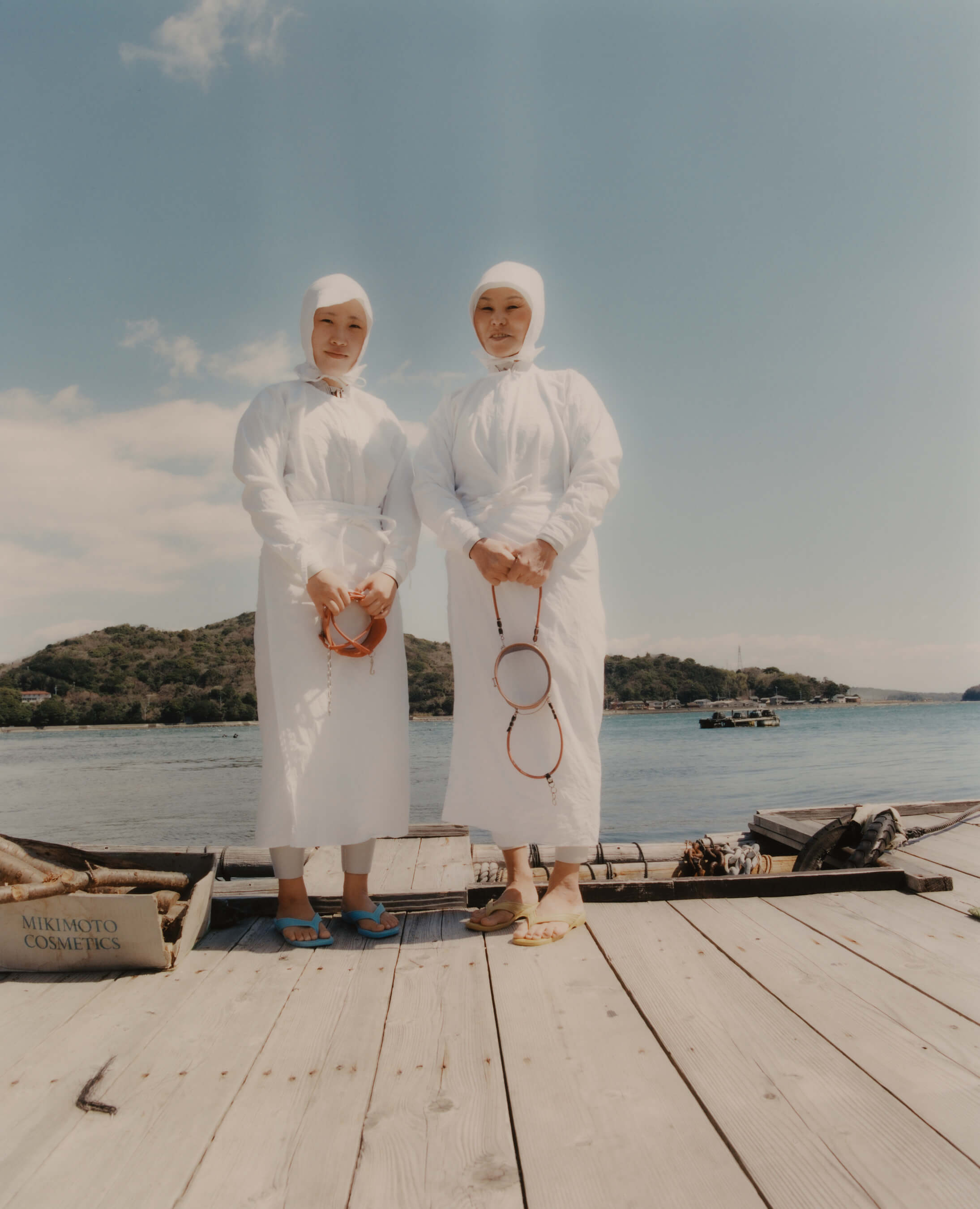

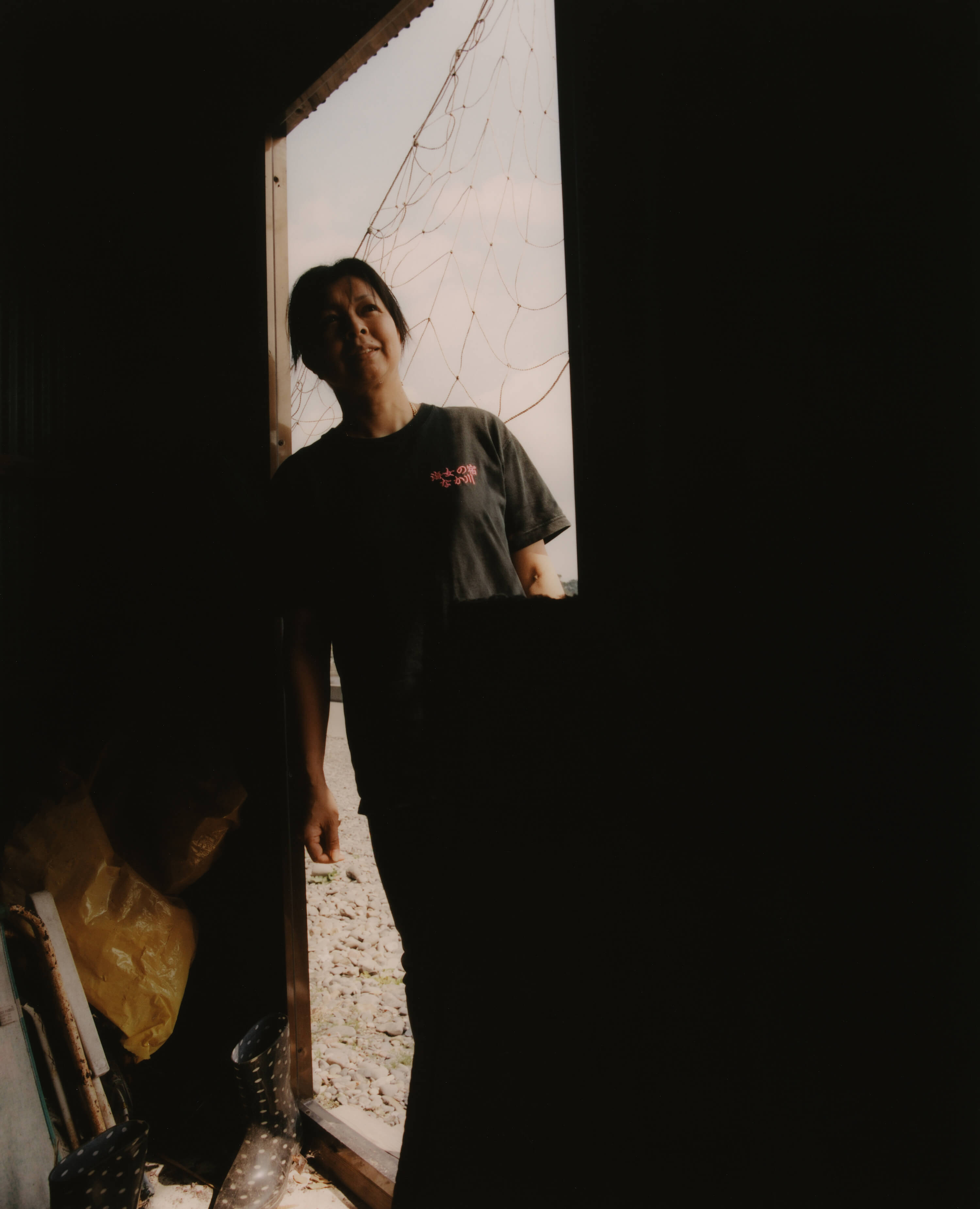
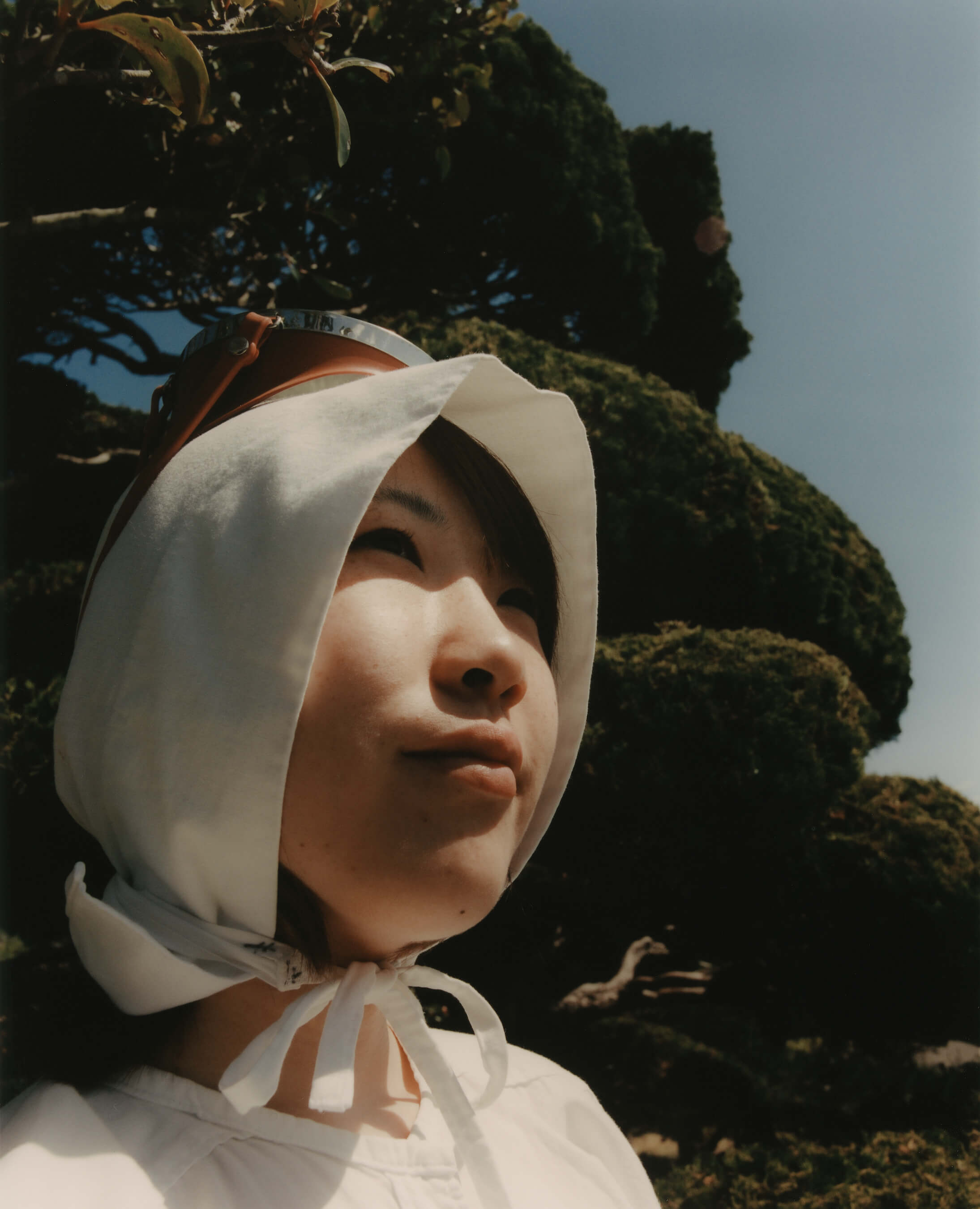

In this project, I show life as it is — the ama women’s history, legacy, and happiness. Once I was returning from a long day in the sea, talking to Shizuka Nakagawa, the youngest in the family. I asked her about her attitude towards traditions. This young woman told me how proud she was to be ama and how she admired her grandmother for the things she taught her. At that very moment, I took a picture of her. She looked straight at the camera, pure joy beaming from her face half-covered with a diving mask.
One of my favorite pictures is Shizuka and Sanae Nakagawa standing together against the blue sky background, wearing their traditional white outfits. I photographed them from below to give them a more heroic look. Of course, it’s a staged photo, but the sincerity of their smiles and the simplicity of the colors shift you into a parallel universe.
I was shocked to find out that many people in Japan have never heard of ama. Someone even thinks that it’s a legend, and there have never been any pearl divers. This fact only strengthens my persuasion that our world is full of mystical places and beautiful stories. But we tend to forget about them or doubt their existence if we don’t see them popping up in our social media feed. I want to give the viewers a chance to step into these unique places and people, preserving traditions about to be forgotten for good. After all, this is what draws me to documentary photography. Some things will soon disappear from the earth and our memory. But with photography we can prolong their life a little.
Many people in Japan have never heard of ama. Someone even thinks that it’s a legend, and there have never been any pearl divers.
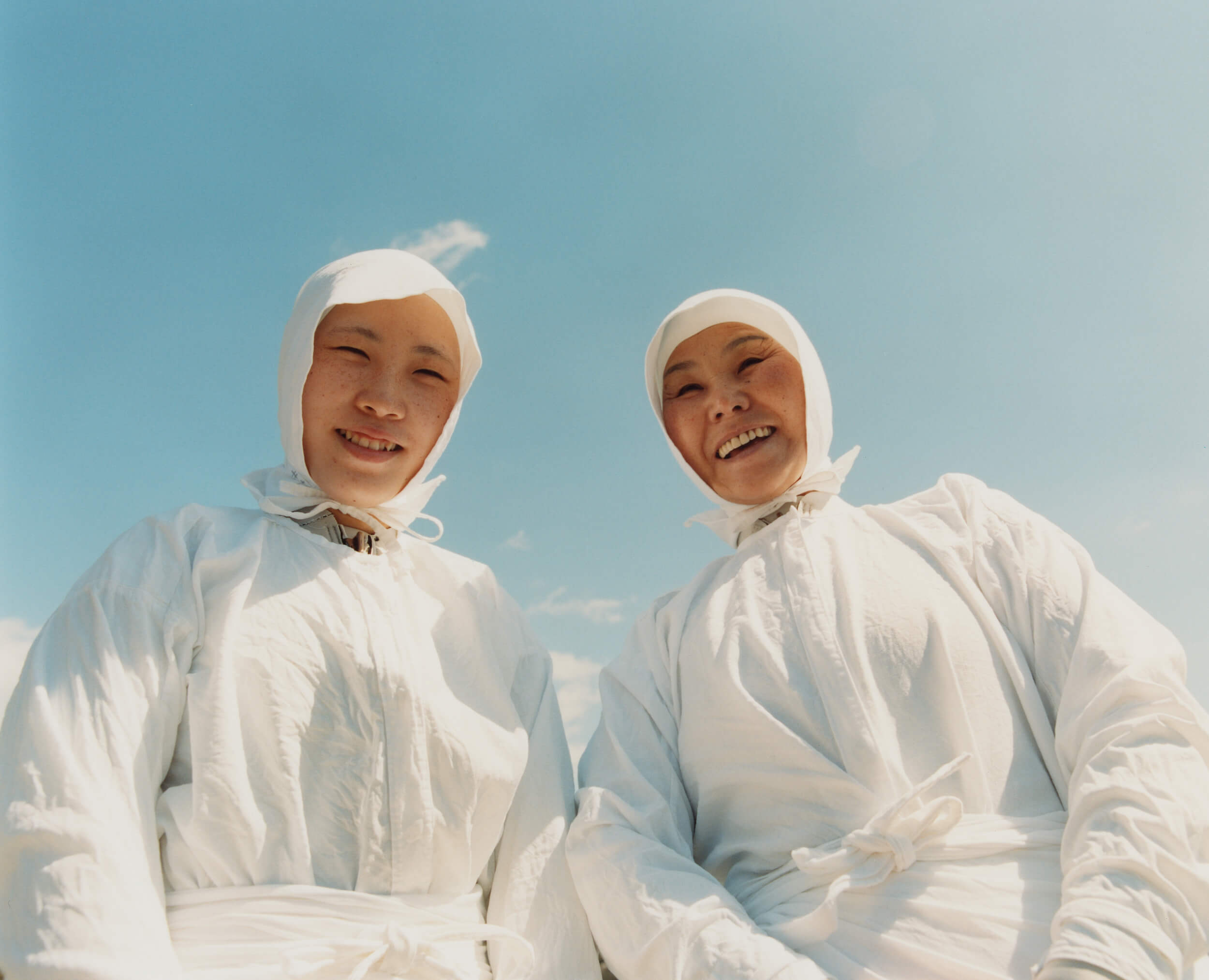
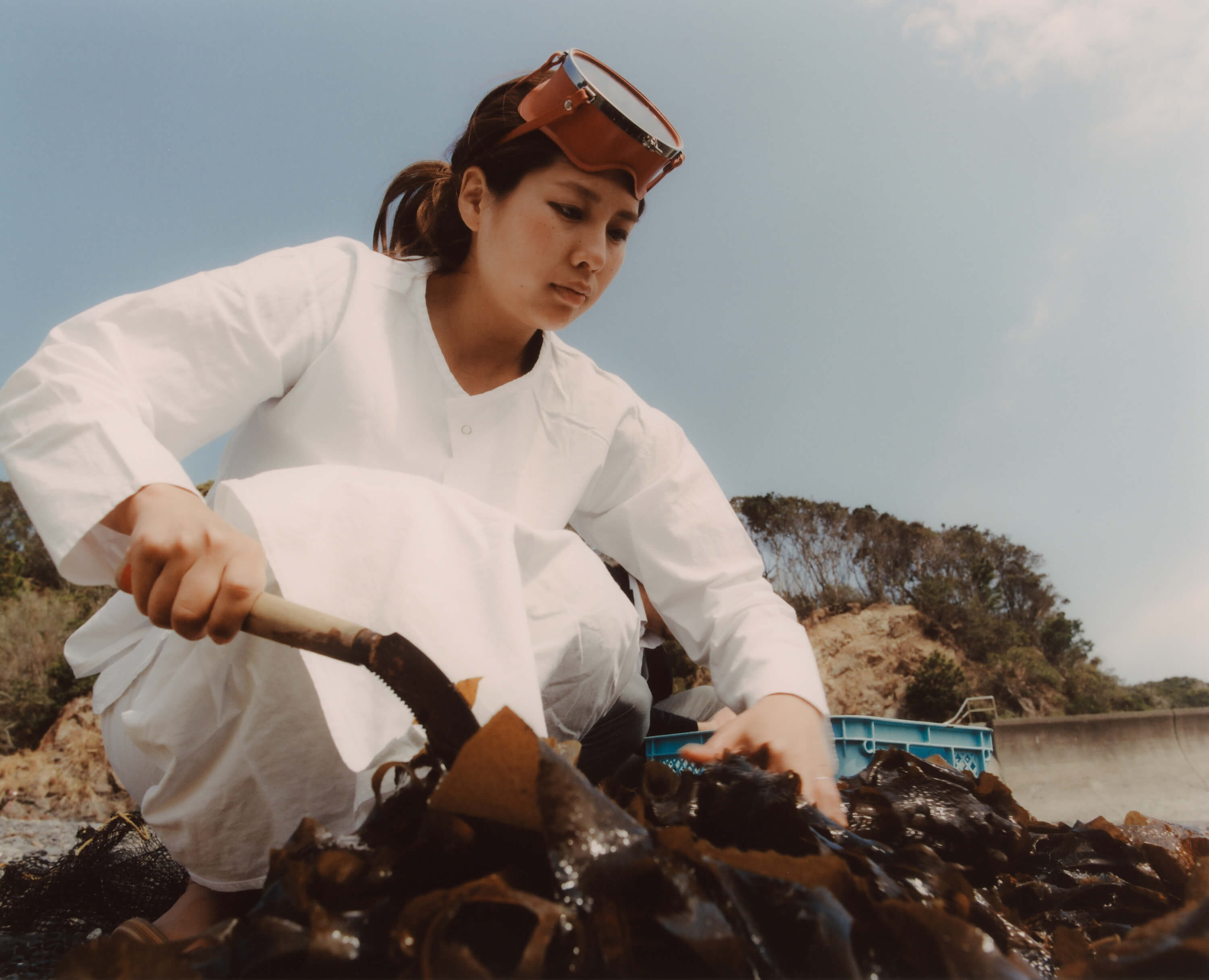
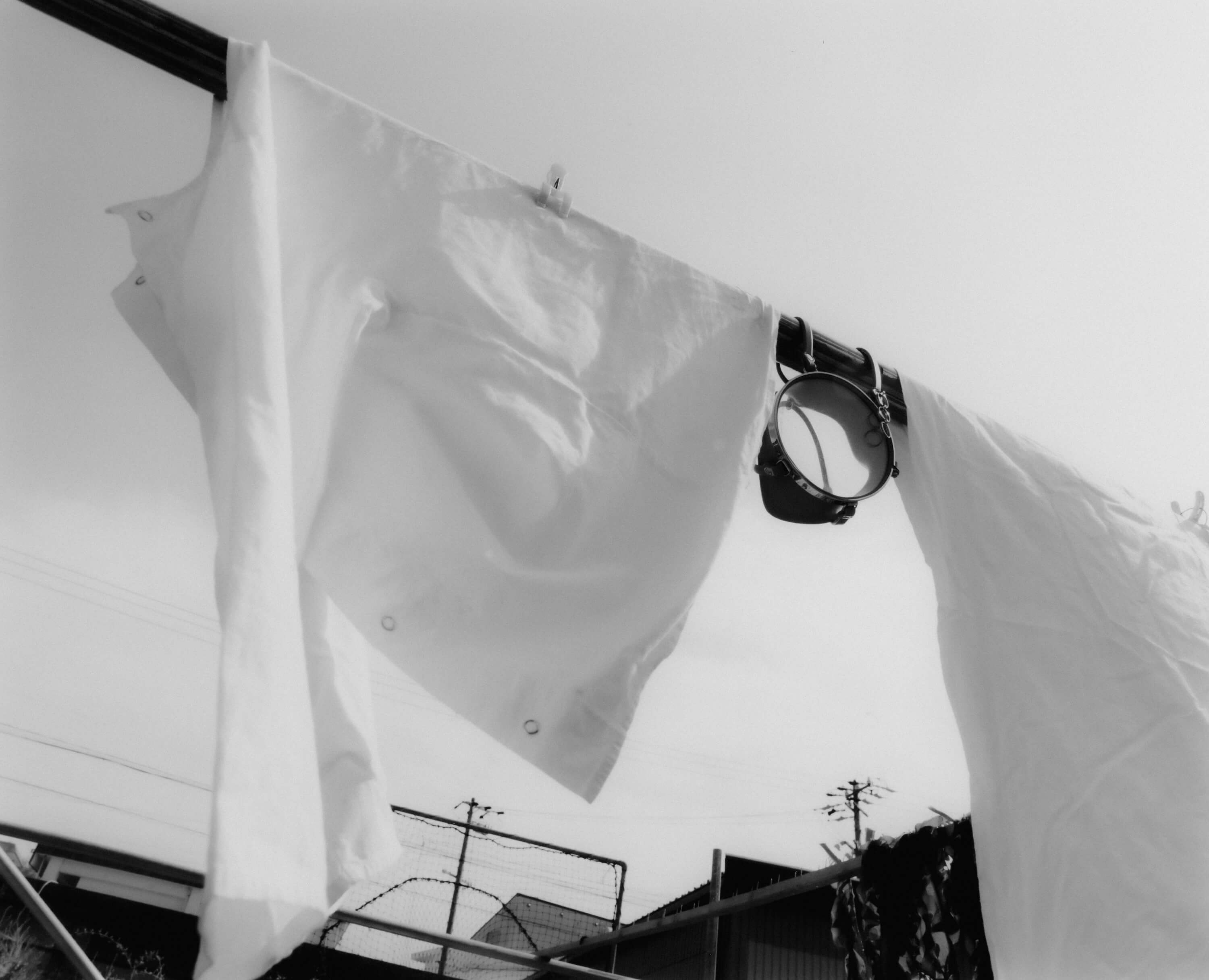


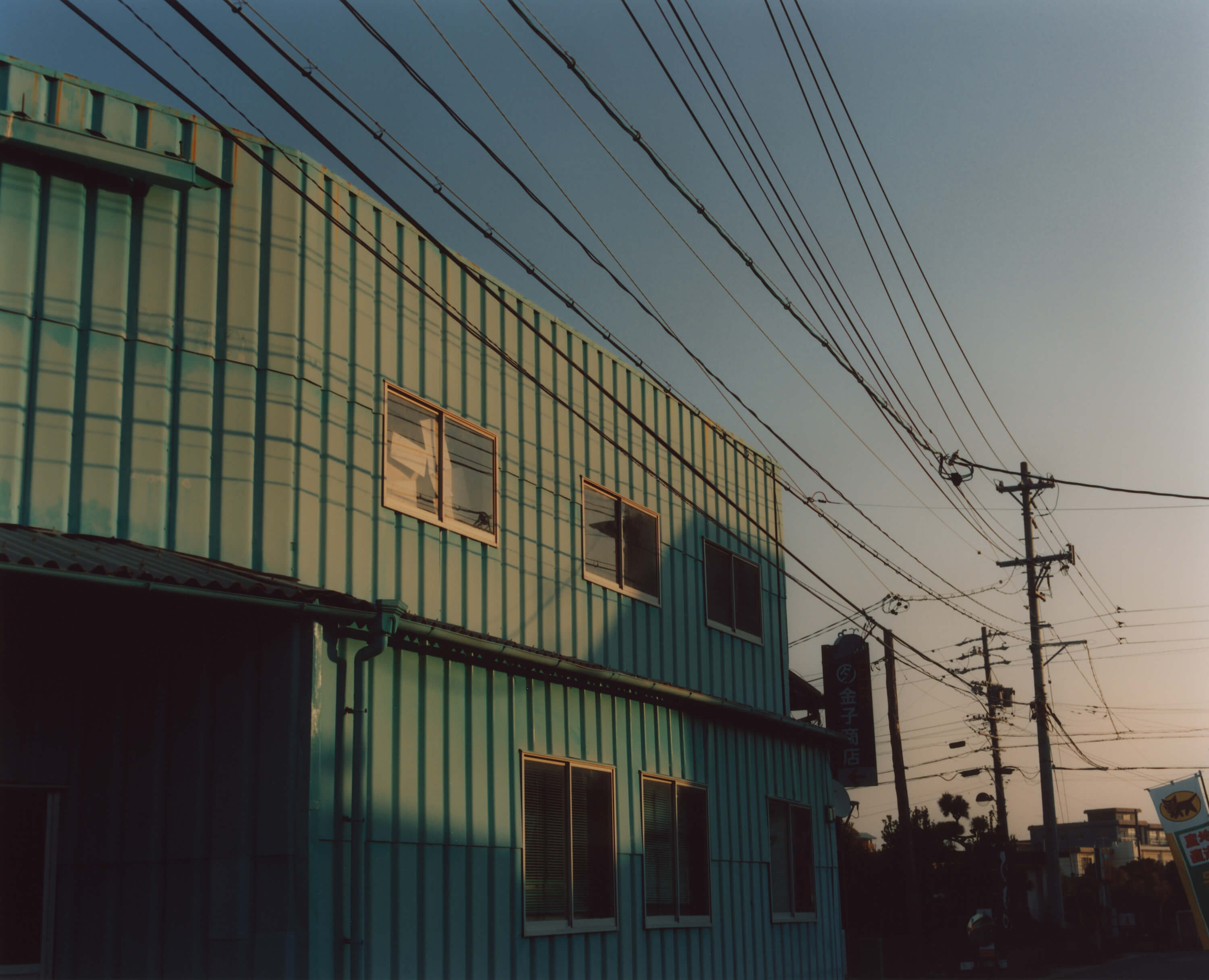
New and best
